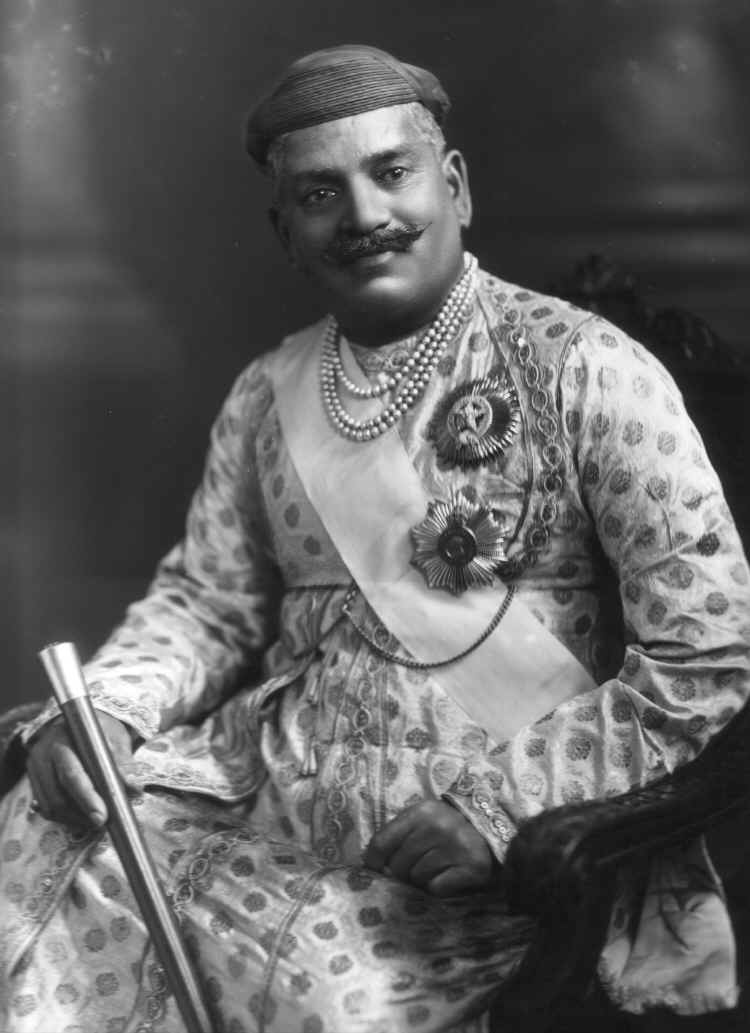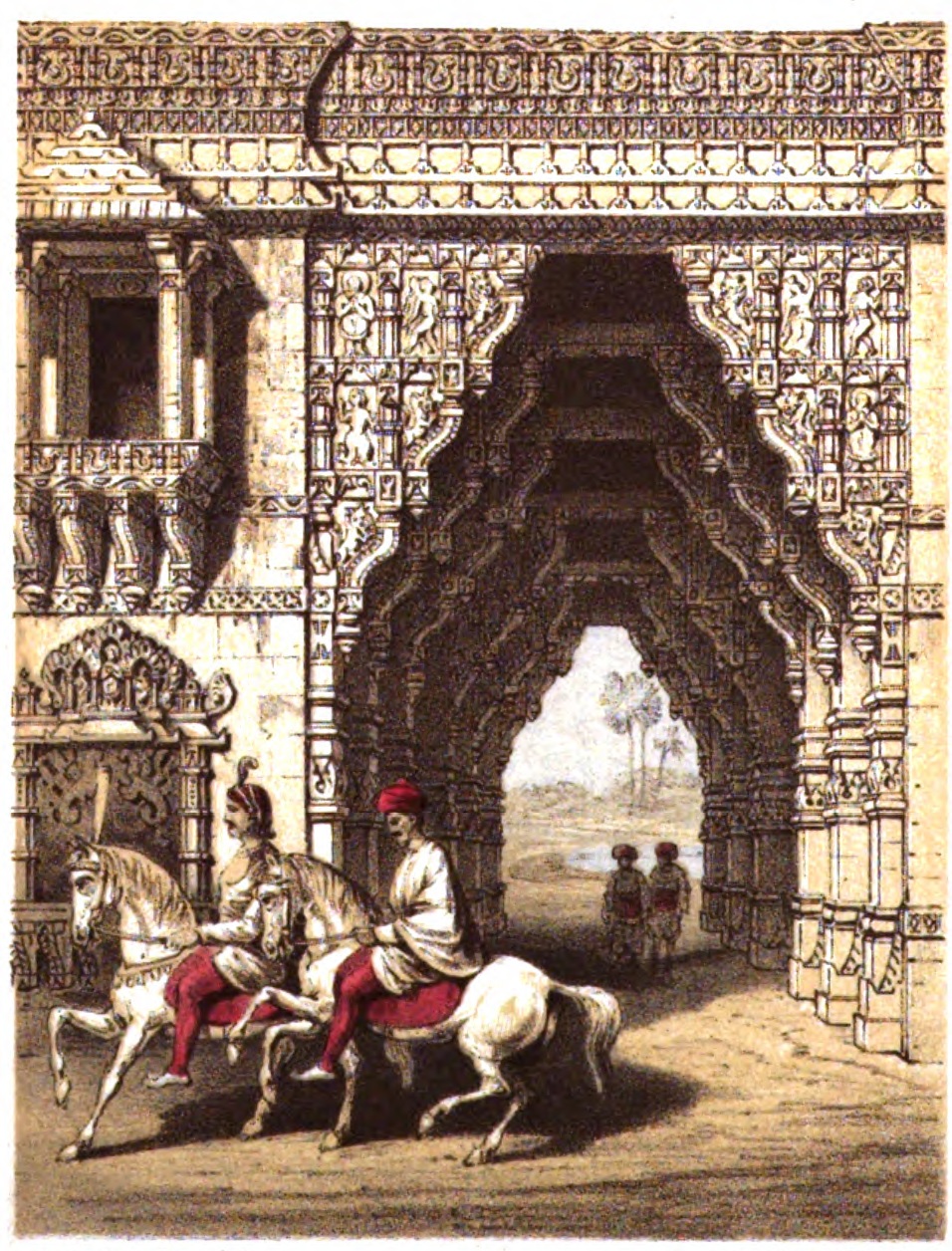|
Bhimora
Bhimora is a village and former princely state in Chotila Taluka of Surendranagar district, Gujarat, India. History The petty princely state in Jhalawar ''prant'', comprising ten more villages, was ruled by offshoot of Chotila's house. Bhimora is said to have been anciently called Bhimpuri. There is a rock-cut cave located here. Geography The country around Bhimora is hilly and the river Bhogavo of Limbdi rises near this. The population according to the census of 1872 was 513 and according to that of 1881, 109 souls. In 1901 it has a combined population of 1,204, yielding a state revenue of 10,555 Rupees (1903-4, nearly all from land), paying 371 Rupees tribute, to the British and Junagadh State. References Sources and external links Imperial Gazetteer on dsal.uchicago.edu - Kathiawar This article incorporates text from a publication now in the public domain The public domain (PD) consists of all the creative work to which no exclusive intellectual property ... [...More Info...] [...Related Items...] OR: [Wikipedia] [Google] [Baidu] |
Jhalawar Prant
:''See Jhalawar for namesakes'' Jhalawar(zalawad) was the northernmost of the four ''prant''s (traditional regions) into which the many feudal units (mostly petty princely states) of Kathiawar on Saurashtra peninsula in present Gujarat (western India) were divided, the others being Halar (west), Gohelwar (southeast) and Sorath (south). Its salute states were : * First Class : dhrangadhra state ,title of maharajadhiraj maharana sahib ,Hereditary salute of 13 guns before independence the take 15 gun salute. wankaner state, title of maharana sahib,hereditary salute of 11 guns * Second Class : ** Limbdi State, title Thakore Sahib, Hereditary salute of 9-guns ** Wadhwan State, title Maharana, Hereditary salute of 9-guns Its main non-salute states included this all state rule under the jhala rajputs : * Third Class : Chuda State, Lakthar State, Sayla State * Fourth Class : Bajana State, Muli State, Patdi State * Fifth Class : Vanod State * Sixth Class : Anandpur State, Bhoika ... [...More Info...] [...Related Items...] OR: [Wikipedia] [Google] [Baidu] |
Princely State
A princely state (also called native state or Indian state) was a nominally sovereign entity of the British Indian Empire that was not directly governed by the British, but rather by an Indian ruler under a form of indirect rule, subject to a subsidiary alliance and the suzerainty or paramountcy of the British crown. There were officially 565 princely states when India and Pakistan became independent in 1947, but the great majority had contracted with the viceroy to provide public services and tax collection. Only 21 had actual state governments, and only four were large ( Hyderabad State, Mysore State, Jammu and Kashmir State, and Baroda State). They acceded to one of the two new independent nations between 1947 and 1949. All the princes were eventually pensioned off. At the time of the British withdrawal, 565 princely states were officially recognised in the Indian subcontinent, apart from thousands of zamindari estates and jagirs. In 1947, princely states covered ... [...More Info...] [...Related Items...] OR: [Wikipedia] [Google] [Baidu] |
Surendranagar District
Surendranagar is an administrative district in Saurashtra region of Gujarat state in India. It has a population of approximately 1.7 million people. Surendranagar city, along with the twin city of Wadhwan, has a total of 400,000 inhabitants, and is known as "Camp". Economy In the past, Surendranagar was used by colonialists as a hill station, because of its dry environment that was beneficial for some physical as well as mental ailments. Surendranagar's dry air is still believed to be the best place in Gujarat to cure tuberculosis patients. District capital Surendranagar, which lies under Municipality body is suffering from poor condition of roads and the two Causeways which join both the sides of city divided by Bhogavo River. Municipality body of city is considered to be a candidate for status of Municipal Corporation for a long time but due to some political reasons it never happen. It has the second highest number of educational institutes per capita. Many newspap ... [...More Info...] [...Related Items...] OR: [Wikipedia] [Google] [Baidu] |
Gujarat
Gujarat (, ) is a state along the western coast of India. Its coastline of about is the longest in the country, most of which lies on the Kathiawar peninsula. Gujarat is the fifth-largest Indian state by area, covering some ; and the ninth-most populous state, with a population of 60.4 million. It is bordered by Rajasthan to the northeast, Dadra and Nagar Haveli and Daman and Diu to the south, Maharashtra to the southeast, Madhya Pradesh to the east, and the Arabian Sea and the Pakistani province of Sindh to the west. Gujarat's capital city is Gandhinagar, while its largest city is Ahmedabad. The Gujaratis are indigenous to the state and their language, Gujarati, is the state's official language. The state encompasses 23 sites of the ancient Indus Valley civilisation (more than any other state). The most important sites are Lothal (the world's first dry dock), Dholavira (the fifth largest site), and Gola Dhoro (where 5 uncommon seals were found). Lothal ... [...More Info...] [...Related Items...] OR: [Wikipedia] [Google] [Baidu] |
Prant
A prant is a historical district in India, and a native British Raj age term for a colonial district. The same name can thus have different meanings depending on the period. Pre-colonial Some prants are traditional names for parts of historical regions, such as the original ten regions of Kathiawad on Saurashtra peninsula in Gujarat: Jhalawar in the north, Machhukantha west of it, Halar in the northwest, Okhamandal in the extreme west (controlled by Baroda), Barda of Jethwar along the southwest coast, Sorath (a Muslim corruption of Saurashtra) in the south, Babriawar in the hilly southeast, Kathiawar proper (large and central), Undsarviya along Shetrunji river and then finally Gohelwad, along the eastern Cambay coast and comminated by Gohel Rajputs. Colonial British During the British raj, the term is often applied to the colonial Districts of British India. Thus the colonial agency exercising indirect rule over the princely states in Kathiawar on Saurashtra peninsula in ... [...More Info...] [...Related Items...] OR: [Wikipedia] [Google] [Baidu] |
Chotila
Chotila is a Hindu temple town and Taluka headquarters of Chotila Taluka, Surendranagar district, located near Rajkot, Gujarat, India. Nearby railway stations included Than & Rajkot. The distance from the Than junction to Chotila is 21 km and Distance from Rajkot railway junction to Than is 47 km. History Chotila was known as Chotgadh in ancient times. It was originally a holding of the Sodha Parmars, but was seized from Jagsio Parmar by the Khachar Kathis who made it one of their principal seats. Most of the Khachar Kathis trace their origin to the Chotila house. Chotila was acquired by the Kathis in 1566 AD. It is the headquarters of an Agency thana during British period. Famous literary, Jhaverchand Meghani was born in Chotila and the Government College has been named in his honor as Raashtreeya Shaayar Zaverchand Meghani College. Demographics The population, according to the census of 1872, was 1771, and according to that of 1881 was recorded as being 2029 ... [...More Info...] [...Related Items...] OR: [Wikipedia] [Google] [Baidu] |
Junagadh State
Junagarh or Junagadh ( ur, ) was a princely state in Gujarat ruled by the Muslim Babi dynasty in British India, until its integration into the Union of India in 1948. History Muhammad Sher Khan Babai was the founder of the Babi Pashtun dynasty of Junagarh in 1654. His descendants, the Babi Nawabs of Junagarh, conquered large territories in southern Saurashtra. However, during the collapse of the Mughal Empire, the Babis became involved in a struggle with the Gaekwad dynasty of the Maratha Empire over control of Gujarat during the reign of the local Mohammad Mahabat Khanji I. Mohammad Khan Bahadur Khanji I declared independence from the Mughal governor of Gujarat subah, and founded the state of Junagarh in 1730. This allowed the Babi to retain sovereignty of Junagarh and other princely states. During the reign of his heir Junagarh was a tributary to the Maratha Empire, until it came under British suzerainty in 1807 under Mohammad Hamid Khanji I, following the Second Ang ... [...More Info...] [...Related Items...] OR: [Wikipedia] [Google] [Baidu] |
Public Domain
The public domain (PD) consists of all the creative work to which no exclusive intellectual property rights apply. Those rights may have expired, been forfeited, expressly waived, or may be inapplicable. Because those rights have expired, anyone can legally use or reference those works without permission. As examples, the works of William Shakespeare, Ludwig van Beethoven, Leonardo da Vinci and Georges Méliès are in the public domain either by virtue of their having been created before copyright existed, or by their copyright term having expired. Some works are not covered by a country's copyright laws, and are therefore in the public domain; for example, in the United States, items excluded from copyright include the formulae of Newtonian physics, cooking recipes,Copyright Protection No ... [...More Info...] [...Related Items...] OR: [Wikipedia] [Google] [Baidu] |
Villages In Jamnagar District
A village is a clustered human settlement or community, larger than a hamlet but smaller than a town (although the word is often used to describe both hamlets and smaller towns), with a population typically ranging from a few hundred to a few thousand. Though villages are often located in rural areas, the term urban village is also applied to certain urban neighborhoods. Villages are normally permanent, with fixed dwellings; however, transient villages can occur. Further, the dwellings of a village are fairly close to one another, not scattered broadly over the landscape, as a dispersed settlement. In the past, villages were a usual form of community for societies that practice subsistence agriculture, and also for some non-agricultural societies. In Great Britain, a hamlet earned the right to be called a village when it built a church. [...More Info...] [...Related Items...] OR: [Wikipedia] [Google] [Baidu] |




